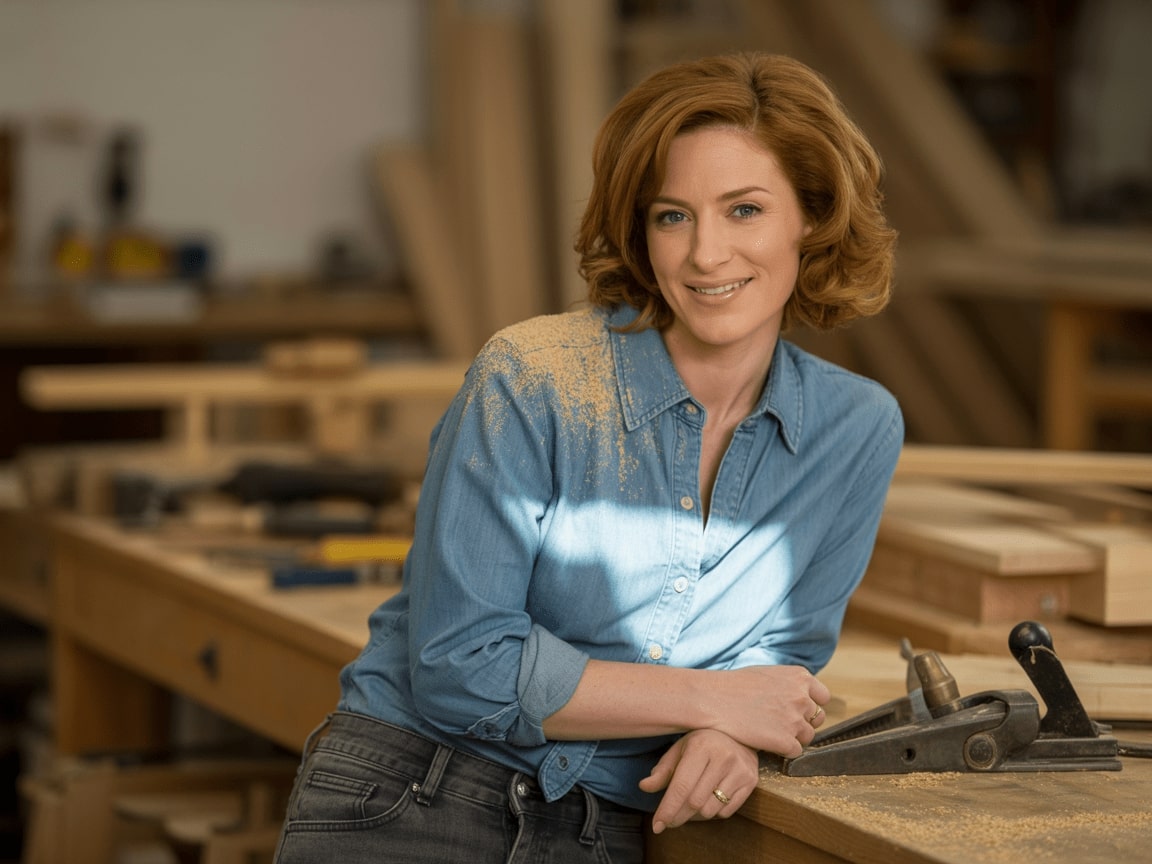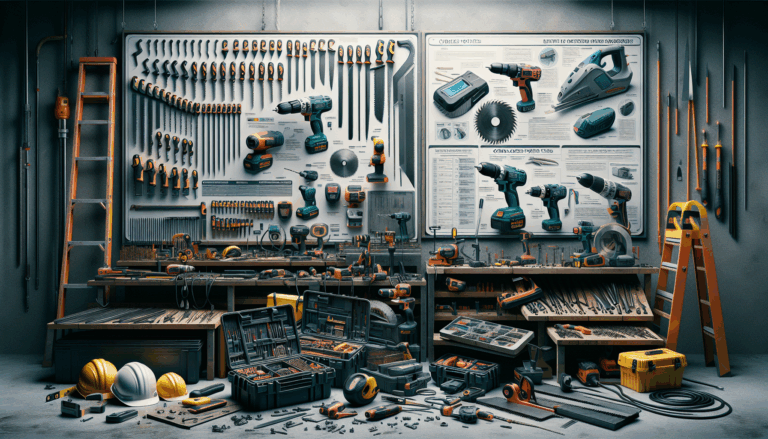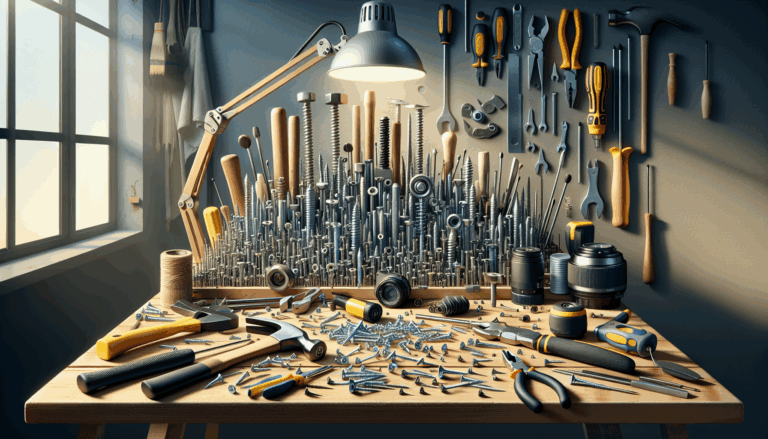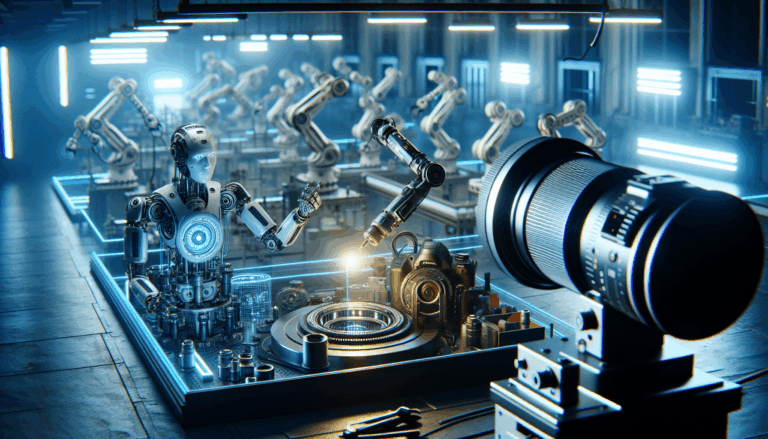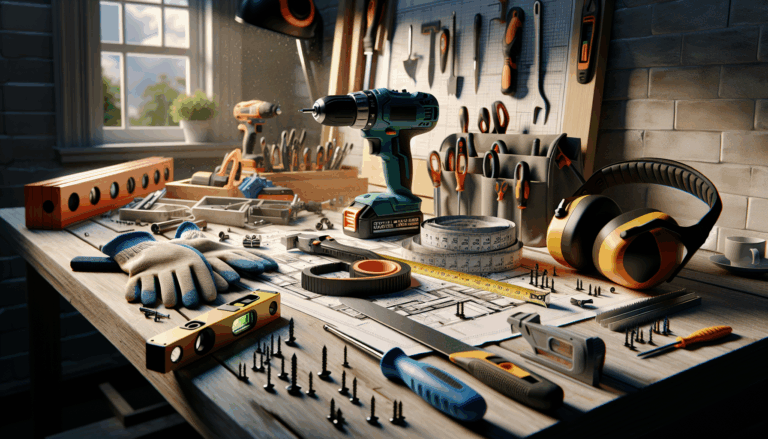How was carpentry done before power tools?
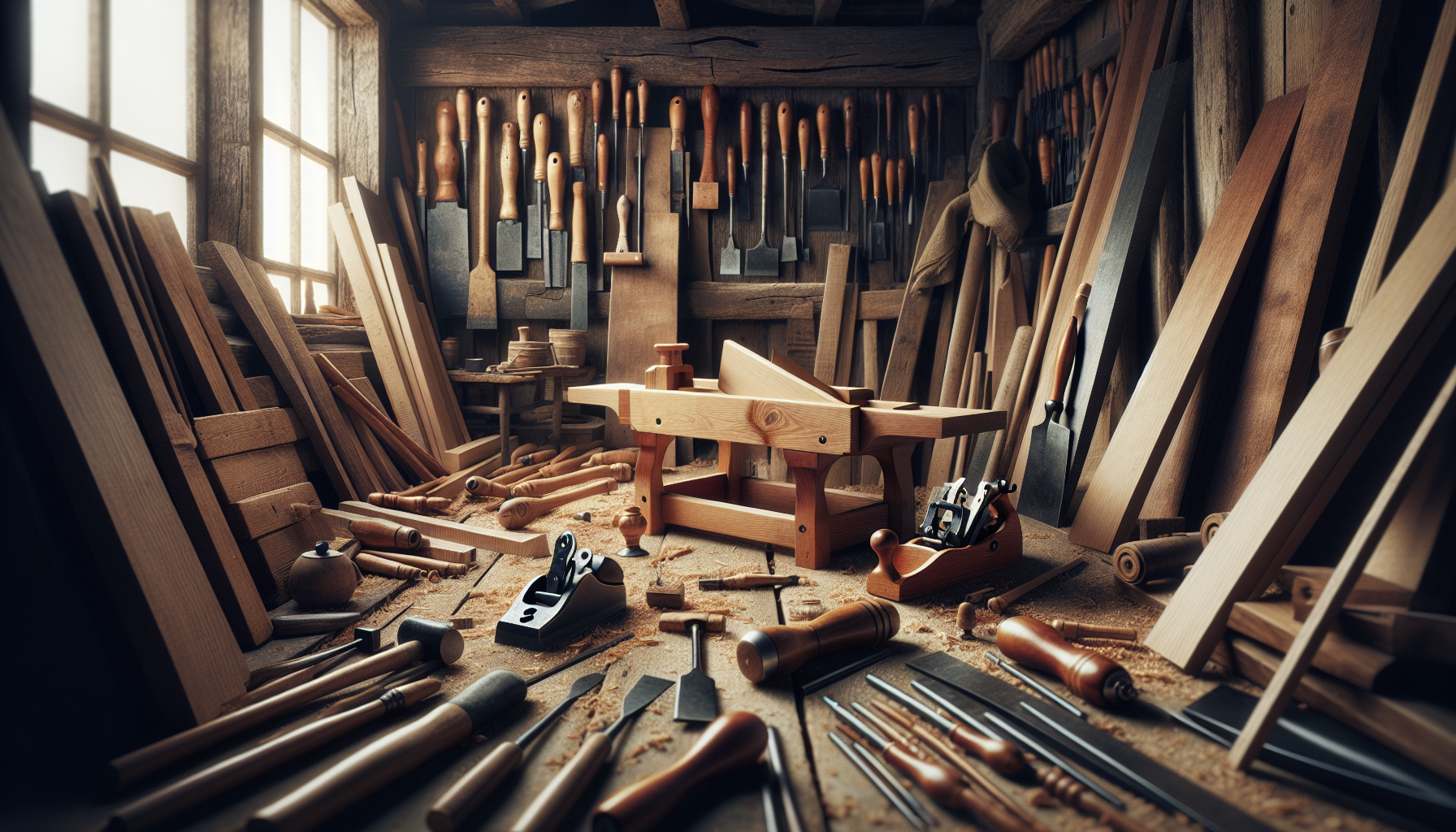
Essential Hand Tools in Traditional Carpentry
Before the invention of power tools, carpenters relied on a carefully curated set of hand tools to create everything from furniture to structural elements. These tools required skill, patience, and a deep understanding of wood’s properties. Let’s explore the fundamental hand tools that shaped traditional carpentry:
Saws: The Backbone of Carpentry
Saws were indispensable for making precise cuts in woodworking projects. Traditional carpenters used several types of saws for different purposes:
- Crosscut Saws: Designed to cut wood perpendicular to the grain, these saws featured teeth shaped to slice cleanly without splintering the wood.
- Rip Saws: Used for cutting along the grain, rip saws had fewer teeth per inch, allowing for faster, more aggressive cuts.
- Backsaws: Smaller and more precise, backsaws were ideal for detailed work like dovetails and tenons.
Unlike modern power saws, these hand tools required physical strength and a steady hand to achieve accurate cuts. Mastering saw techniques was essential for any carpenter, as improper use could ruin hours of work.
Chisels: Precision Carving Tools
Chisels were the sculptor’s tools of carpentry, transforming blocks of wood into intricate designs:
- Firmer Chisels: General-purpose chisels for chopping and paring.
- Mortise Chisels: Thicker and sturdier, designed for cutting deep mortises.
- Paring Chisels: Long and thin, perfect for fine-tuning joints.
Used with wooden mallets, chisels allowed carpenters to remove wood in controlled increments. The key was patience – rushing could ruin hours of work. Sharpening was crucial, as a dull chisel was ineffective and dangerous.
Planes: Creating Smooth Surfaces
Hand planes were the secret to flawless wood surfaces, shaving off thin layers to reveal a smooth finish:
- Jack Planes: For rough smoothing.
- Smoothing Planes: For final finishing.
- Block Planes: Small and versatile, ideal for end grain and tight spaces.
Mastering a plane required understanding grain direction and applying consistent pressure. Adjusting the blade depth was critical – too deep would gouge the wood, while too shallow would barely make a mark.
Hammers and Mallets: Joining Wood
Hammers served multiple purposes in traditional carpentry:
- Claw Hammers: For driving and removing nails.
- Ball-Peen Hammers: Used in metalwork but occasionally in carpentry for shaping.
- Wooden Mallets: Gentle on chisels and other tools, preventing damage.
Striking with precision required a keen eye and steady hand to avoid marring the wood. Wooden mallets were particularly important when working with chisels, delivering controlled force without damaging tool handles.
Braces: Manual Drilling Tools
Before cordless drills, braces were the primary tools for boring holes:
- Auger Bits: For clean, deep holes.
- Expansive Bits: Adjustable for different hole sizes.
The carpenter rotated the brace manually, applying steady pressure to avoid splintering. This process demanded physical effort but offered greater control than early power drills.
Traditional Joinery Techniques
One of the hallmarks of pre-power-tool carpentry was the use of joinery techniques that didn’t rely on nails or screws. Instead, woodworkers crafted interlocking joints that were both functional and beautiful:
Mortise and Tenon Joints
A classic method where a projecting tenon fits snugly into a mortise hole, creating a strong bond. This joint was commonly used in furniture making and timber framing.
Dovetail Joints
Known for their resistance to pulling apart, these joints were often used in drawers and cabinets. The interlocking “tails” and “pins” created a mechanical bond that strengthened over time.
Tongue and Groove Joints
Ideal for flooring and paneling, these joints provided a seamless fit between boards. The tongue (protrusion) on one board fits into the groove (channel) of another, creating a tight connection that resisted warping.
These techniques required meticulous measurements, sharp tools, and a deep understanding of wood grain and behavior. Unlike modern power tool joinery, hand-cut joints demanded hours of careful work but resulted in connections that could last centuries.
The Art of Patience and Precision
Traditional carpentry was fundamentally different from modern woodworking in its approach to time and quality:
Physical Effort
Every cut, carve, and joint required manual labor, often leaving craftsmen exhausted by the end of the day. A single piece of furniture could take weeks or even months to complete.
Attention to Detail
Without the luxury of sanders or routers, smoothing surfaces and creating intricate designs demanded unwavering focus. Mistakes were harder to correct, so each action had to be deliberate.
Skill Development
Mastery of hand tools wasn’t achieved overnight. Apprentices spent years honing their skills under the guidance of seasoned carpenters, learning not just how to use tools, but how to “read” wood and anticipate its behavior.
Why Traditional Techniques Still Matter
- Sustainability: Hand tools consume no electricity, making them an eco-friendly choice.
- Artistry: The tactile nature of hand tools allows for greater creativity and customization.
- Durability: Many antique pieces, crafted without power tools, have survived centuries, a testament to their quality.
While power tools have revolutionized the industry, the principles of traditional carpentry remain relevant. Many modern woodworkers still use hand tools for their precision and the unique connection they provide to the material. Moreover, the craftsmanship of historical woodwork continues to inspire contemporary designs.


